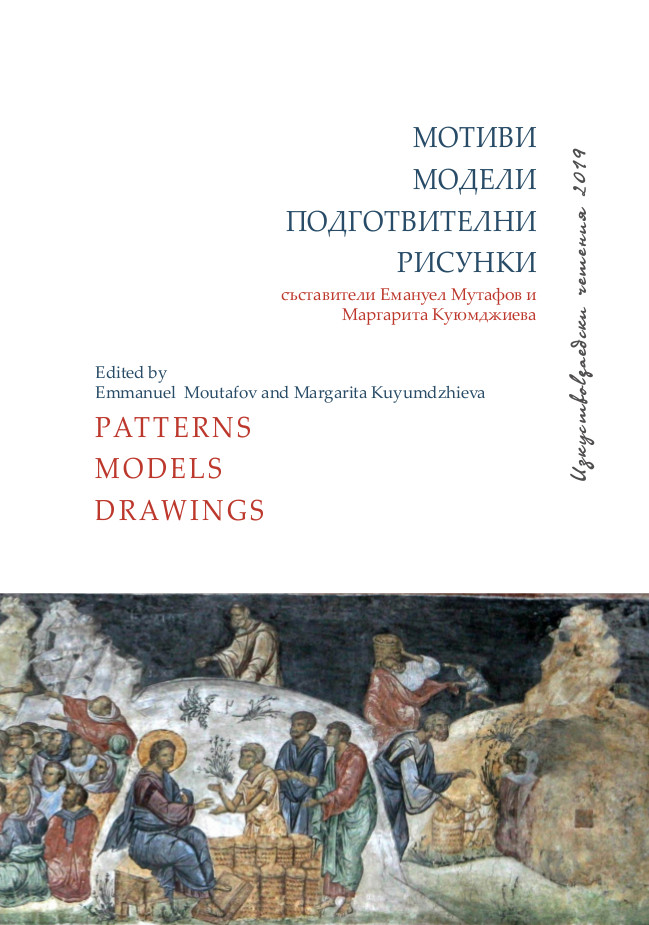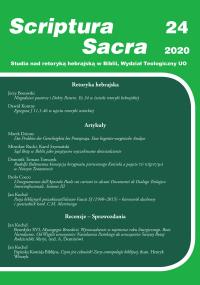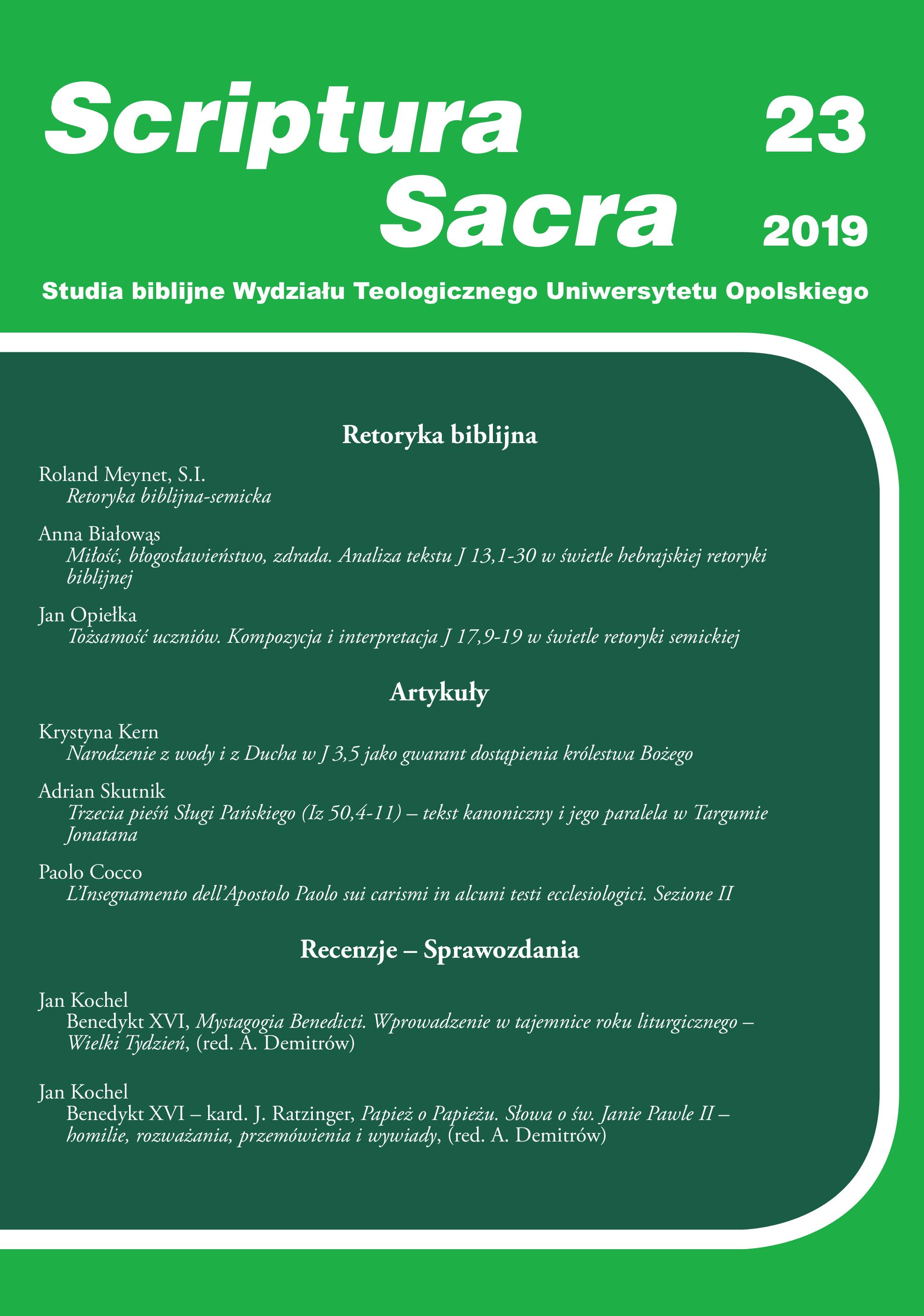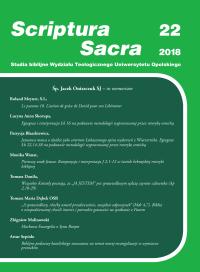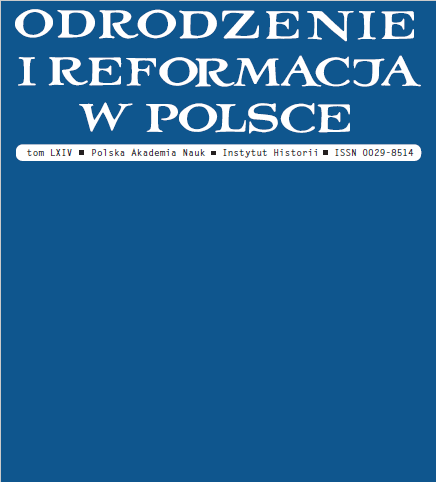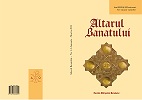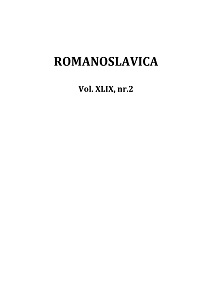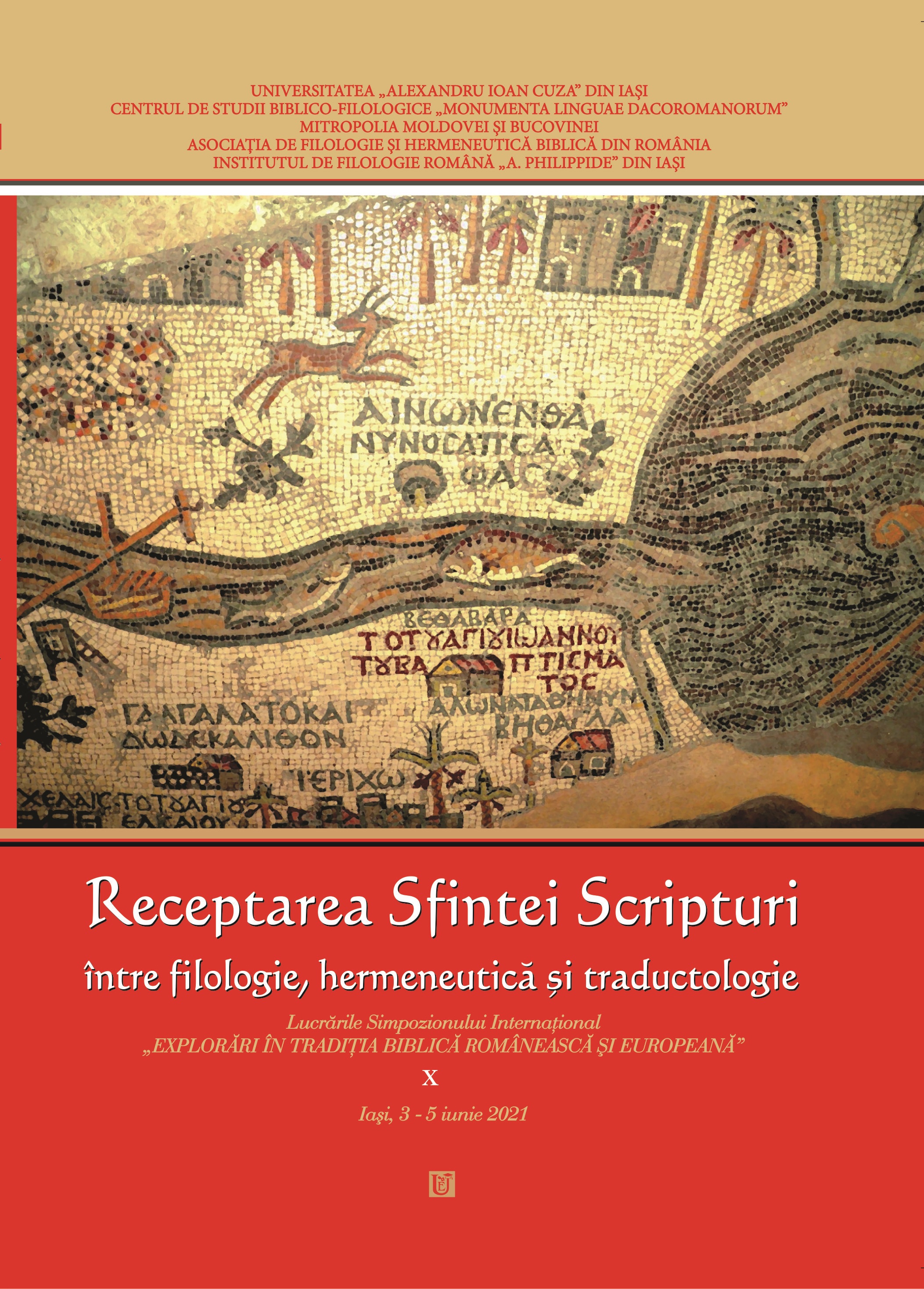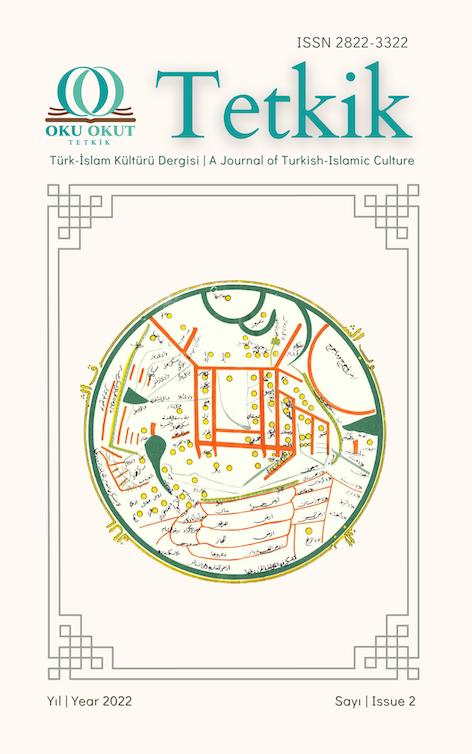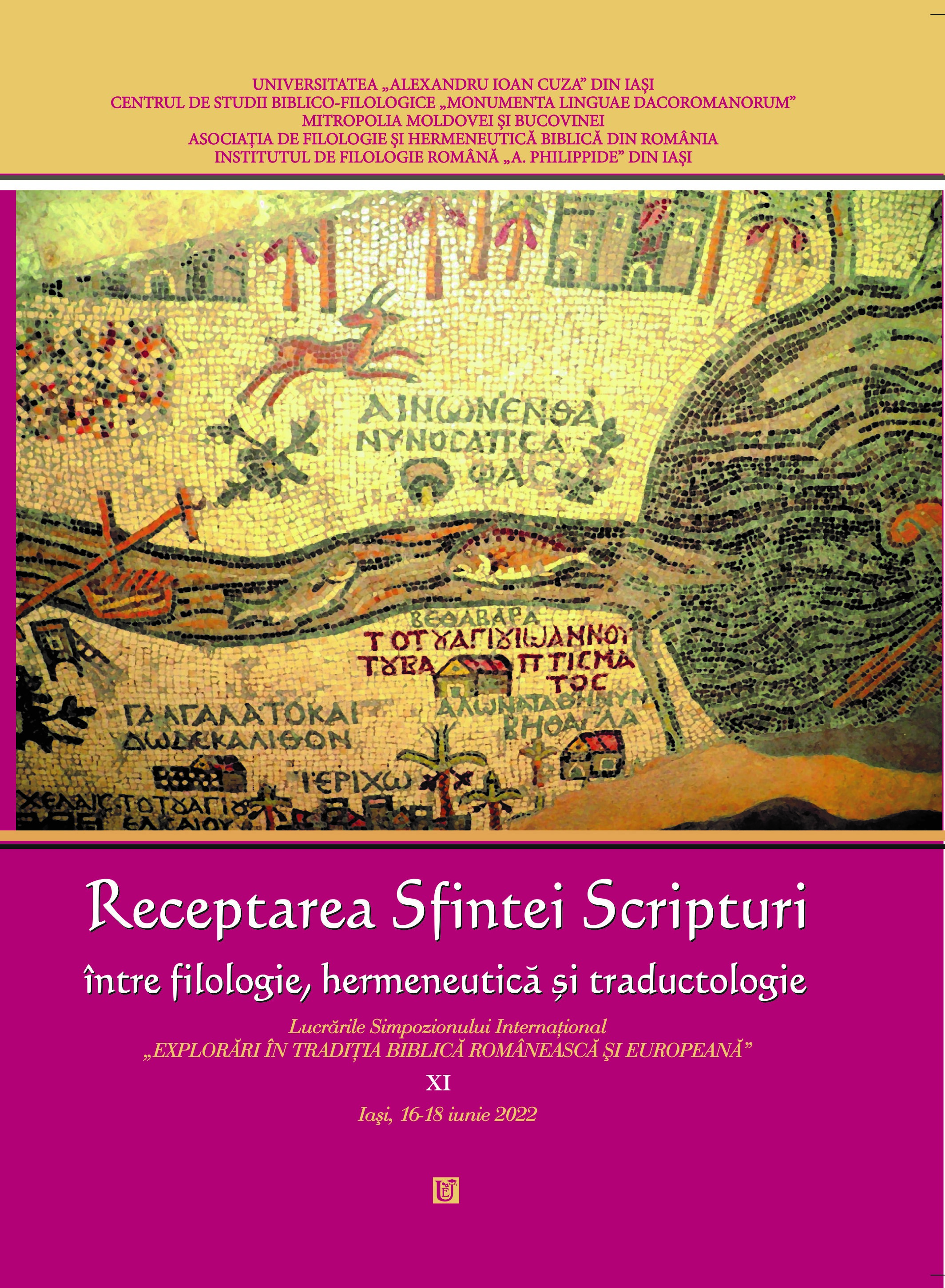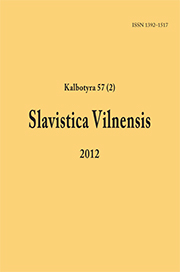
Cerkiewnosłowiański przekład Ewangelii Mateusza w okresie po święcie Pięćdziesiątnicy w serbskich apostołach-ewangeliarzach krótkich Sv-17 i KM-512
The article is devoted to two abbreviated Serbian Apostol-Gospel lectionaries from the collections of the Russian State Library in Moscow, P. I. Sevastianov collection (f. 270), no. 17 (Sv-17) and the Bulgarian National Library (Sts. Cyril and Methodius) in Sofia, no. 512 (KM-512). The collation of liturgical readings of the Gospel of Matthew (from the Pentecostal period of Synaxarion), based on 71 manuscripts, has shown that these two manuscripts have unusual readings (in terms of translation, additions, omissions, harmonization, etc.) that are characteristic only for these two lectionaries. The existence of the unusual readings of the Gospel of Matthew in these two lectionaries allows us to classify them as textologically homogeneous Church Slavonic manuscripts of the abbreviated lectionary.
More...
